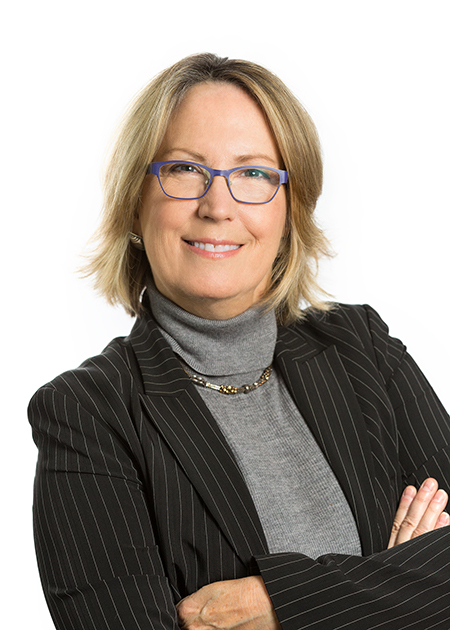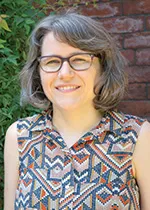So what do you know about Emmy Noether?
By Nancy Shute
- More than 2 years ago
 Emmy Noether may be the most influential mathematician you’ve never heard of.
Emmy Noether may be the most influential mathematician you’ve never heard of.
In 1918, she solved a puzzle in Albert Einstein’s general theory of relativity. To do that, she created a mathematical theorem that changed forever how scientists study the universe, one that remains a guiding star for theoretical physics.
Not only was she a scientific pioneer, Noether was by all accounts a delightful person, known for the festive gatherings at her home in Göttingen, Germany, where wine flowed amid spirited scholarly debate. She led students and colleagues on long walks through the countryside, talking math all the while.
But Noether had one big problem: She was a woman, in an era when science remained largely closed to women. A gifted student, she quickly earned her Ph.D. once women were allowed to enroll. But at the University of Göttingen, she taught for years without being paid. She was forced out of the university in 1933 by the Nazis because she was Jewish, leaving for the United States to teach at Bryn Mawr College in Pennsylvania. Less than two years later, she died of complications from surgery at age 53.

Conover says her own experiences as a scientist have been much different than Noether’s, though the number of women in her classes did dwindle as she advanced in academia, where she studied the weird ways of neutrinos. Like many women in science, at times she questioned her abilities, even though she was honored for the quality of her work. I’m grateful that we have Conover’s deep understanding of the science to illuminate a field that can be a tough go for us nonphysicists. Noether would have approved.
Despite the advances since Noether’s day, women are still underrepresented in science, especially in the physical sciences. In 2010, just 14 percent of physics faculty members in the United States were women, according to a survey by the American Institute of Physics. A study published in April determined that based on the current rate of change it would take more than 100 years for women to achieve parity as authors in physics journals (SN: 5/26/18, p. 32).
Here at Science News, we’ll continue to track the trends that reflect modern science in all its diversity.







